How Far Can Telescopes See ?
The distance that telescopes can see depends on their size, sensitivity, and the wavelength of light they detect. The most powerful telescopes on Earth and in space can see objects billions of light-years away, such as galaxies and quasars. The Hubble Space Telescope, for example, has observed galaxies that are more than 13 billion light-years away. However, the limit of how far telescopes can see is determined by the age of the universe and the speed of light. The most distant objects we can observe are those that emitted light shortly after the Big Bang, about 13.8 billion years ago. Beyond that, the universe was opaque to light, so we cannot see anything earlier than that.
1、 Observable universe
How far can telescopes see? The answer to this question is constantly evolving as technology advances and new discoveries are made. Currently, the farthest distance that telescopes can observe is the edge of the observable universe, which is estimated to be around 46.5 billion light-years away.
The observable universe is the portion of the universe that we can see from Earth, and it is limited by the distance that light has had time to travel since the Big Bang. However, it is important to note that the observable universe is not the same as the entire universe, which is likely much larger.
In recent years, astronomers have used powerful telescopes like the Hubble Space Telescope and the Atacama Large Millimeter/submillimeter Array (ALMA) to observe some of the earliest galaxies in the universe, which are thought to have formed just a few hundred million years after the Big Bang. These observations have provided valuable insights into the early history of the universe and the formation of galaxies.
As technology continues to improve, it is possible that telescopes will be able to observe even farther into the universe, revealing new mysteries and expanding our understanding of the cosmos.
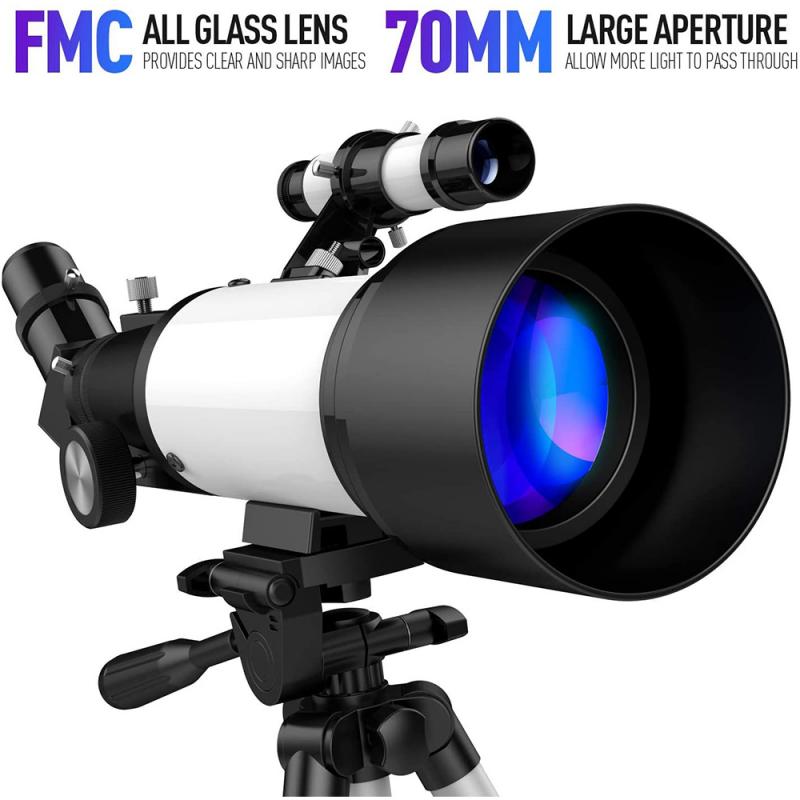
2、 Cosmic microwave background radiation
How far can telescopes see? The answer to this question depends on the type of telescope and the wavelength of light being observed. Optical telescopes, for example, can see objects up to billions of light-years away, while radio telescopes can detect signals from even further distances.
However, when it comes to observing the universe's earliest moments, telescopes can only see so far. This is because the universe was opaque to light for the first 380,000 years after the Big Bang. But after this period, the universe cooled enough for atoms to form, and light was able to travel freely. This light, known as the cosmic microwave background radiation (CMB), is the oldest light in the universe and can be observed by telescopes.
The CMB was first discovered in 1964 by Arno Penzias and Robert Wilson, who were awarded the Nobel Prize in Physics for their discovery. Since then, telescopes have been able to observe the CMB in greater detail, providing insights into the universe's early history.
The latest point of view on the CMB comes from the Planck satellite, which was launched in 2009 to study the CMB in unprecedented detail. Planck's observations have confirmed the Big Bang theory and provided new insights into the universe's composition and evolution. Planck's data has also been used to create a detailed map of the CMB, which shows tiny fluctuations in temperature that correspond to variations in the density of matter in the early universe.
In summary, while telescopes can see objects billions of light-years away, they can only observe the universe's earliest moments through the CMB. The latest observations from the Planck satellite have provided new insights into the universe's history and composition.
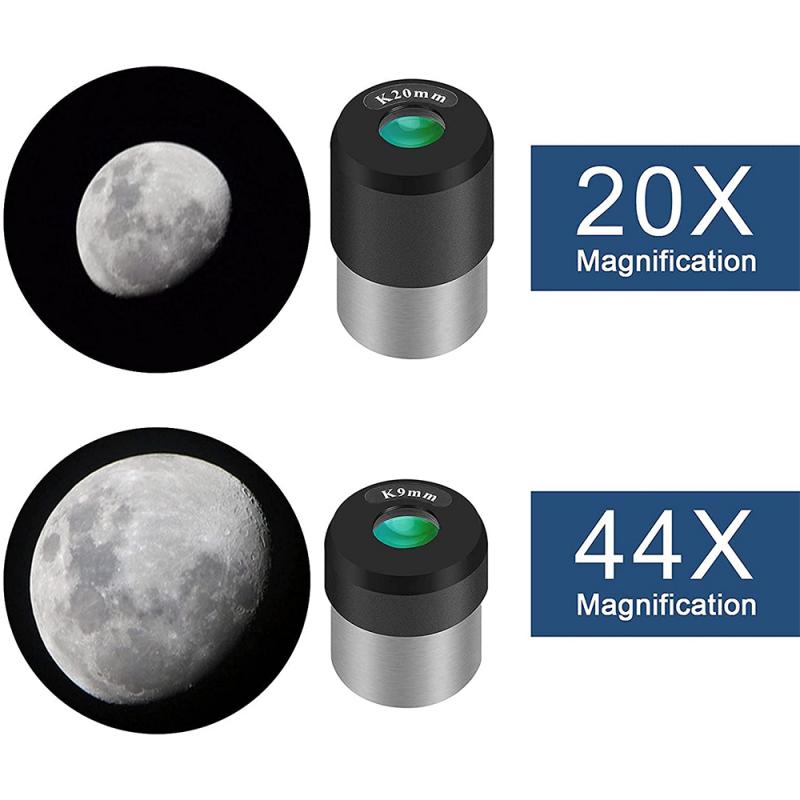
3、 Hubble Deep Field
How far can telescopes see? The answer to this question is constantly evolving as technology advances and new discoveries are made. One of the most famous examples of the farthest we have been able to see is the Hubble Deep Field. This image was captured by the Hubble Space Telescope in 1995 and shows a tiny patch of sky that is just one-tenth the diameter of the full moon. Despite its small size, the image contains thousands of galaxies, some of which are estimated to be over 13 billion years old.
Since the Hubble Deep Field was captured, newer and more powerful telescopes have been developed, such as the James Webb Space Telescope, which is set to launch in 2021. These telescopes will be able to see even farther into the universe and potentially reveal new insights into the origins of the universe and the nature of dark matter and dark energy.
However, it is important to note that the distance that telescopes can see is limited by several factors, including the amount of light that reaches the telescope, the sensitivity of the telescope's detectors, and the amount of interference from other sources of light. Additionally, the expansion of the universe means that the light from the most distant objects is redshifted, making it more difficult to detect.
In summary, the Hubble Deep Field is a famous example of how far telescopes can see, but new technology and discoveries are constantly pushing the limits of our understanding of the universe.

4、 Gravitational lensing
How far can telescopes see? The answer to this question is constantly evolving as technology advances and new discoveries are made. Currently, the farthest object ever observed by a telescope is a galaxy called GN-z11, which is estimated to be 13.4 billion light-years away from Earth.
One technique that has allowed astronomers to see even farther into the universe is gravitational lensing. This phenomenon occurs when the gravity of a massive object, such as a galaxy or a cluster of galaxies, bends and distorts the light from more distant objects behind it. This can create multiple images of the same object or even magnify it, allowing telescopes to see objects that would otherwise be too faint to detect.
Gravitational lensing has been used to observe some of the earliest galaxies in the universe, which formed just a few hundred million years after the Big Bang. It has also been used to study dark matter, the mysterious substance that makes up most of the matter in the universe but cannot be directly observed.
Recent advancements in technology, such as the launch of the James Webb Space Telescope in 2021, are expected to push the limits of how far telescopes can see even further. With its advanced capabilities, the James Webb Space Telescope will be able to observe some of the first galaxies that formed in the universe and study the atmospheres of exoplanets in unprecedented detail.
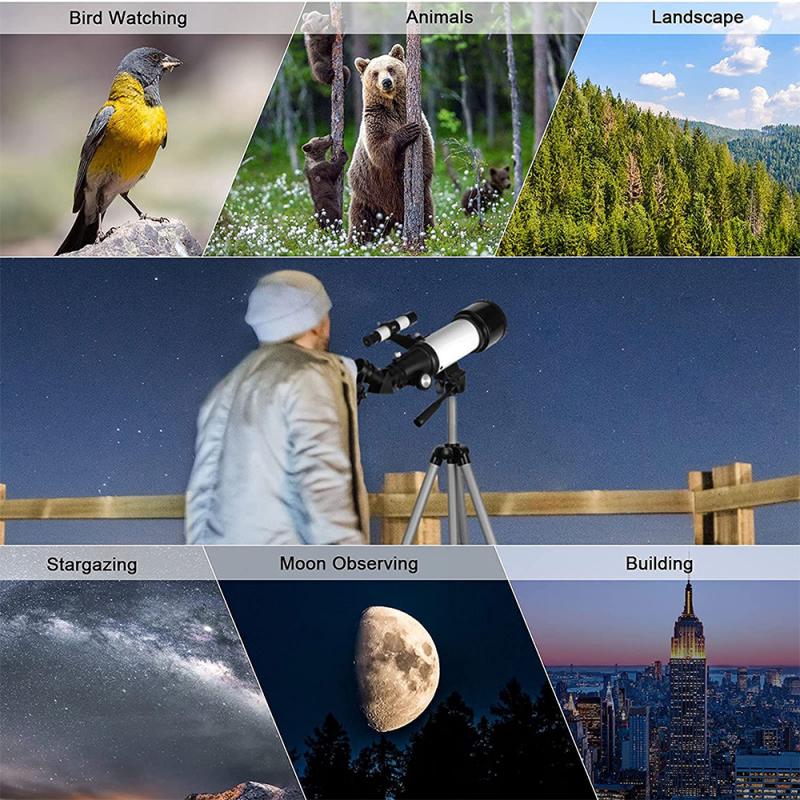




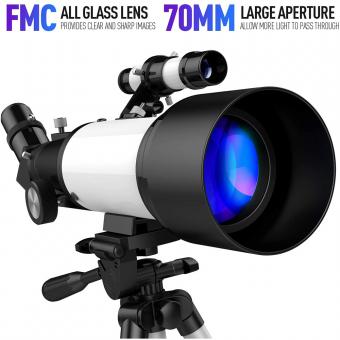
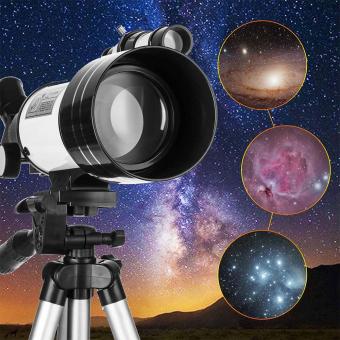








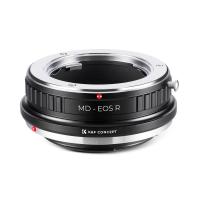





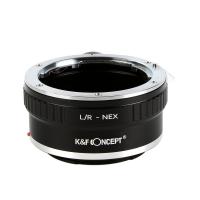

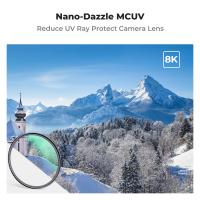
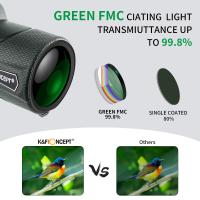
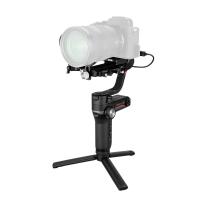




There are no comments for this blog.